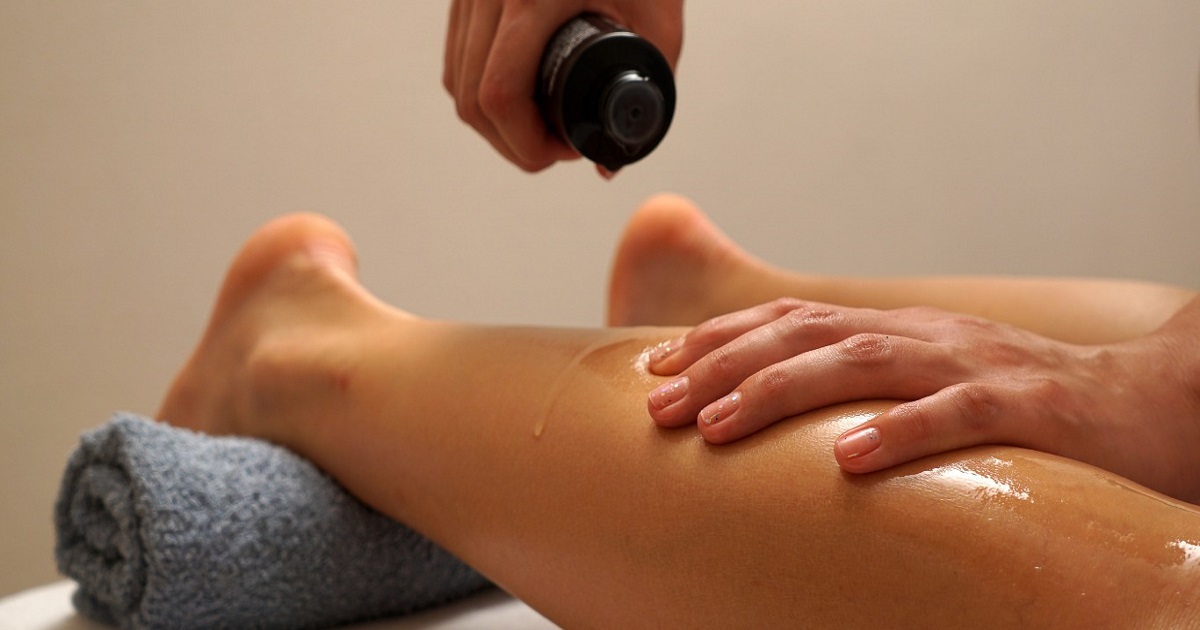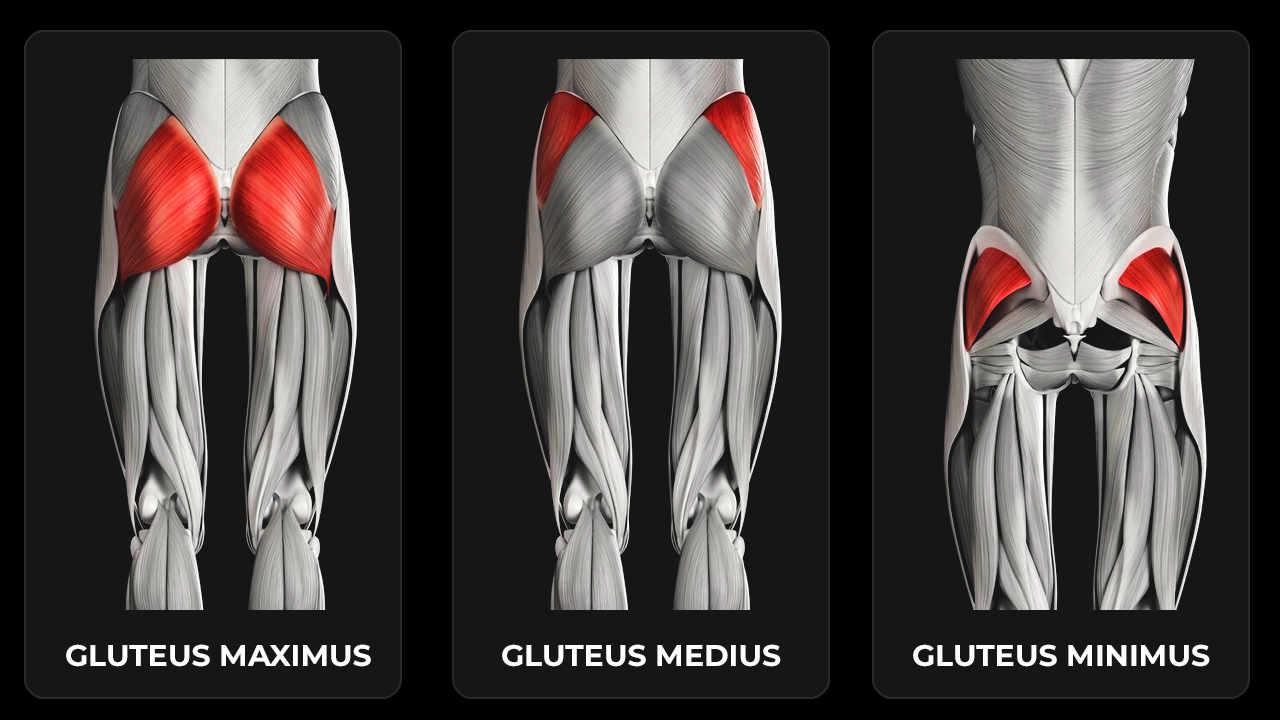Introduction
Calcaneal spurs, also known as heel spurs, are a common source of foot pain and discomfort for many individuals. These bony outgrowths can develop on the underside of the heel bone, leading to inflammation and tenderness in the affected area. While conventional treatments often focus on managing symptoms, Ayurveda offers a holistic approach that addresses the root cause of the problem.
Traditional Ayurvedic Approach
Ayurveda, the ancient Indian system of medicine, views health as a balance between mind, body, and spirit. It emphasizes the importance of harmony within the body’s systems and seeks to identify and address the underlying imbalances that contribute to disease.
Causes and Symptoms
Calcaneal spurs can develop due to a variety of factors, including repetitive stress, poor footwear, obesity, and biomechanical issues. Common symptoms include pain, swelling, and tenderness in the heel, especially after periods of rest or physical activity.
Diagnosis
Diagnosing a calcaneal spur typically involves a physical examination and may also require imaging tests such as X-rays or MRI scans to confirm the presence and extent of the spur.
Ayurvedic Treatments
Ayurvedic treatments for calcaneal spurs focus on reducing inflammation, alleviating pain, and restoring balance to the body. Herbal remedies, Panchakarma therapy, dietary and lifestyle changes, and preventive measures are integral components of Ayurvedic management.
Herbal Remedies
Certain herbs and botanicals have been traditionally used in Ayurveda to alleviate pain and inflammation associated with calcaneal spurs. Turmeric, ginger, Triphala, and Guggulu are among the most commonly recommended remedies.
Panchakarma Therapy
Panchakarma, a detoxification and rejuvenation therapy in Ayurveda, can help eliminate toxins from the body and promote healing. Treatments such as Abhyanga (oil massage), Swedana (herbal steam therapy), and Basti (medicated enema) may be beneficial for individuals with calcaneal spurs.
Dietary and Lifestyle Changes
Adopting a balanced diet rich in anti-inflammatory foods and incorporating regular exercise and yoga practices can support overall health and contribute to the management of calcaneal spurs. Additionally, wearing supportive footwear and avoiding activities that exacerbate symptoms are important preventive measures.
Preventive Measures
Taking proactive steps to protect the feet from excessive strain and injury can help prevent the development of calcaneal spurs. Choosing appropriate footwear, maintaining a healthy weight, and practicing good foot hygiene are essential aspects of prevention.
Combining Ayurveda with Modern Medicine
While Ayurveda offers valuable insights and treatment options for calcaneal spurs, it is important to consult with healthcare professionals, especially in severe cases or when integrating Ayurvedic therapies with conventional medical care.
Case Studies and Success Stories
Numerous individuals have experienced significant relief from heel pain and discomfort through Ayurvedic treatments. Real-life case studies and success stories illustrate the efficacy and potential of Ayurveda in managing calcaneal spurs.
Research and Efficacy
Scientific research supports the use of Ayurvedic treatments for various musculoskeletal conditions, including calcaneal spurs. Studies have shown promising results in terms of pain reduction, improved mobility, and patient satisfaction with Ayurvedic interventions.
Conclusion
Incorporating Ayurvedic principles and treatments into the management of calcaneal spurs offers a holistic approach that addresses the root cause of the problem. By focusing on reducing inflammation, alleviating pain, and restoring balance to the body, Ayurveda provides hope and relief for individuals struggling with heel pain.



